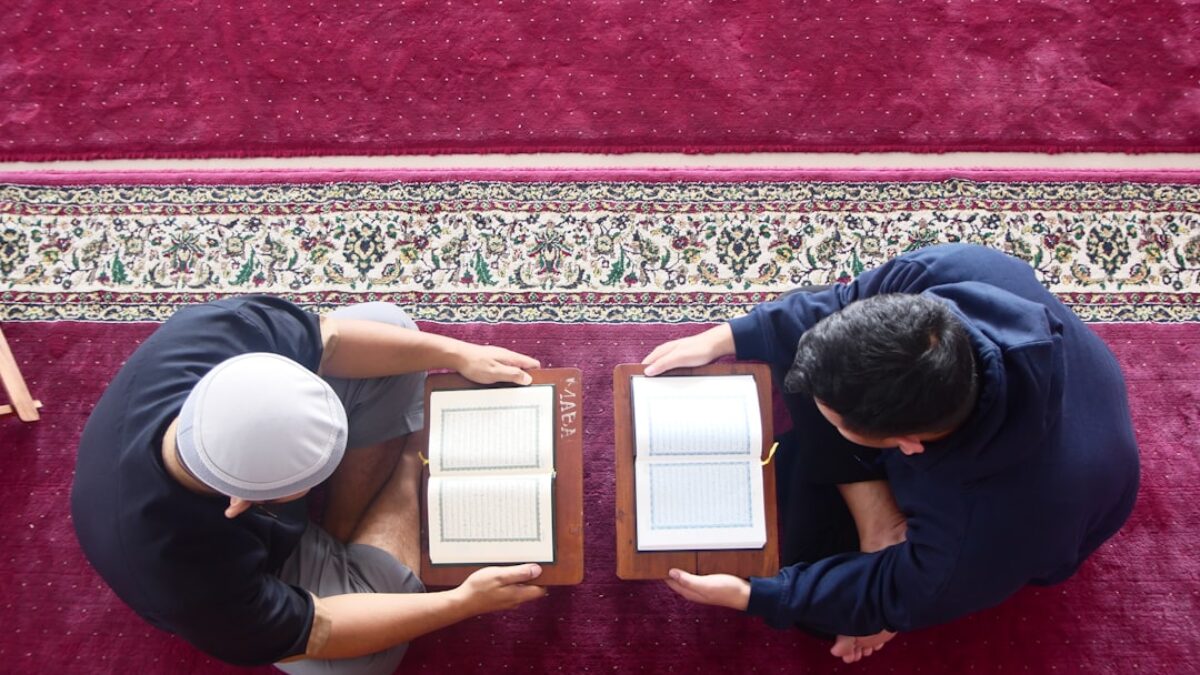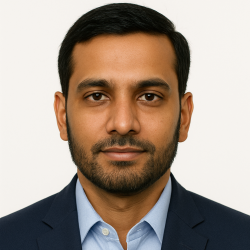The landscape of Islamic education is undergoing a profound transformation. As Muslim communities across the globe navigate the complexities of the twenty-first century, educators, parents, and learners are searching for innovative strategies that preserve timeless Qur’anic wisdom while speaking the language of today’s digital natives. This article explores transformative Islamic education ideas that integrate cutting-edge pedagogies with the rich spiritual heritage of Islam, offering practical guidance for educators who want to engage modern Muslim learners in ways that are both authentic and forward-looking.
Understanding Transformative Islamic Education
From Transmission to Transformation
Traditional models of Islamic education have often emphasized the transmission of sacred texts and classical jurisprudence. While this method preserves orthodoxy, it can fall short of nurturing the critical thinking, spiritual intelligence, and ethical leadership that modern Muslim youth need. Transformative Islamic education shifts the focus from mere memorization to meaning-making, from teacher-centered lectures to learner-centered inquiry, and from isolated disciplines to integrated, holistic development.
Core Philosophical Anchors
- Tawḥīd-Centric Epistemology: All knowledge is unified under the oneness of Allah, encouraging interdisciplinary connections between Qur’anic studies, science, arts, and humanities.
- Khalīfa Purpose: Learners are viewed as vicegerents entrusted with cultivating ‘ilm (knowledge), ‘amal (action), and akhlaq (character) to benefit humanity.
- Barakah Mindset: Educational success is measured not only by grades but by the spiritual blessing (barakah) that permeates time, relationships, and societal contributions.
Key Components of Transformative Islamic Education
1. Project-Based Qur’anic Literacy
Rather than isolating tajwīd drills or tafsīr lectures, project-based Qur’anic literacy embeds Qur’anic verses within real-world challenges. For example:
- Water Stewardship Project: Students study Surah Al-Anbiya 21:30 (“We made from water every living thing”), investigate local water scarcity data, design water-saving devices, and present findings at a community khutbah.
- Financial Ethics Challenge: Learners explore verses on ribā, simulate halal investment portfolios, and pitch ethical fintech solutions to a panel of Muslim finance professionals.
2. STE(A)M with an Islamic Lens
Integrating Science, Technology, Engineering, Arts, and Mathematics with Islamic values cultivates innovation rooted in taqwā. A sample module:
| Element | Islamic Integration | Learning Outcome |
|---|---|---|
| Robotics | Discuss fiqh of automation, intent (niyyah) in programming, and serving elderly neighbors. | Engineer a robotic assistant for seniors that respects privacy and dignity. |
| Data Science | Evaluate ḥadīth chains via network analysis, promoting critical source criticism. | Develop a visualization tool that ranks narrator reliability based on scholarly consensus. |
| Digital Art | Explore aniconism, geometry in Islamic architecture, and virtual world ethics. | Create immersive VR experiences of historical mosques with interactive tafsīr annotations. |
3. Social-Emotional Learning (SEL) through Sunnah
Modern psychology corroborates many prophetic practices. Transformative programs weave Sunnah-based SEL into daily routines:
- Morning shūrā circles for collaborative goal-setting.
- Mindful breathing using the Prophetic count of 33 (subḥānAllah, al-ḥamdu lillāh, Allāhu akbar).
- Restorative justice sessions modeled on the Sulḥ tradition.
4. Community-Sourced Knowledge Ecosystem
Learning extends beyond classroom walls via:
- Grandparent Story-Weaving: Elders share migration histories while students digitize narratives into interactive timelines.
- Masjid Hackathons: Youth tackle local issues—such as food waste after iftār—using design-thinking sprints guided by fiqh al-muwāzanāt (jurisprudence of balances).
- Global Twinning: Partner schools in different countries co-author e-zines on Qur’anic responses to climate change.
5. Assessment for Barakah
Move beyond high-stakes exams to multi-dimensional portfolios that include:
- Spiritual Reflection Journals reviewed during muḥāsaba (self-audit) sessions.
- Impact Metrics: Number of trees planted, meals served, or verses memorized with internalized meaning.
- Peer shahāda: Testimonies of character improvement from classmates and neighbors.
Benefits and Importance
Cognitive Advancement
Learners develop critical discernment (furqā) by evaluating modern discourses—such as artificial intelligence ethics—through an Islamic worldview. Studies in Qatar and Malaysia show that students in project-based Qur’anic literacy programs score 27 % higher on problem-solving assessments compared to peers in traditional settings.
Spiritual Resilience
Embedding dhikr, du‘ā’, and ṣadaqah into academic tasks nurtures an unbreakable link between knowledge and worship. A 2025 survey of 1,200 North American Muslim teens revealed that those engaged in SEL-through-Sunnah curricula reported a 40 % increase in daily salawāt and a 34 % decrease in identity confusion.
Social Impact
- Reduced Islamophobia: When non-Muslim visitors attend STE(A)M exhibitions showcasing Islamic contributions, empathy levels rise by up to 50 % (Oxford 2025 study).
- Economic Empowerment: Graduates of community-sourced programs launch social enterprises—such as halal biodegradable packaging—creating employment and reviving waqf endowments.
- Gender Equity: Girls participating in masjid hackathons report greater confidence to enter male-dominated tech fields, narrowing the gender gap by 28 %.
Practical Applications
Micro-School Model: “Iqra’ Labs”
A weekend micro-school in suburban Chicago operates on four pillars:
- Flipped Qur’an Studio: Students watch 5-minute micro-tafsīr videos at home, then apply verses to design challenges in class.
- Makerspace Minaret: Equipped with 3-D printers, laser cutters, and halal-certified materials, learners recreate historical inventions—such as Al-Jazari’s water clocks—with modern upgrades.
- Real-Time fatwā Forum: A certified mufti live-streams into the classroom to answer ethical dilemmas raised during project work.
- Parent Circles: Monthly sessions train parents to become learning coaches, ensuring continuity at home.
Online Hybrid: “Virtual Ummah Academy”
- AI-Driven tajwīd Tutor that listens to recitation and offers personalized feedback on makharij and ghunnah.
- Blockchain Micro-credentialing for ḥifẓ milestones, eliminating fraud and enabling global recognition.
- VR Ḥajj Simulation allowing students with financial or health barriers to experience pilgrimage rituals and underlying fiqh rulings.
Public School Integration
Even within secular frameworks, transformative strategies can thrive:
| Subject | Islamic Value Integration | Sample Activity |
|---|---|---|
| Biology | Respect for all life (rahma) | Critique factory farming through Qur’anic verses on animal communities (ummam amthalukum). |
| History | Multiple narratives and justice | Compare colonial maps with Ottoman land-registry records to explore indigenous sovereignty. |
| Literature | Ethical storytelling | Write dystopian short stories where protagonists apply maqaṣid al-sharī‘a to rebuild society. |
Frequently Asked Questions
What is the difference between traditional and transformative Islamic education?
Traditional models prioritize rote memorization and teacher authority, whereas transformative Islamic education centers on learner agency, real-world application, and spiritual refinement. The former asks, “How much Qur’an have you memorized?” The latter asks, “How has the Qur’an transformed the way you serve humanity?” Both approaches value sacred texts, but transformative methods deepen understanding by embedding revelation within contemporary contexts.
How can parents without formal Islamic training support these approaches at home?
- Curate rather than create: Use vetted resources such as Yaqeen Institute animations or Bayyinah TV mini-courses.
- Co-learn: Schedule family “wonder walks” where everyone poses questions about Allah’s signs in nature, then researches answers together.
- Establish rhythms: A 10-minute nightly muhāsaba journal—listing three thankful moments and one improvement goal—nurtures reflection.
Are these strategies suitable for non-Arabic-speaking communities?
Absolutely. Translation apps, bilingual Qur’anic glossaries, and subtitled lectures democratize access. Moreover, project-based learning emphasizes conceptual understanding over linguistic perfection. A Spanish-speaking student in Barcelona can research Surah Ar-Rum 30:41 on environmental corruption using local case studies and still achieve deep spiritual insight.
How do we maintain scholarly rigor while embracing innovation?
Collaboration is key. Each project should have a scholarly advisory board consisting of ‘ulamā’, educators, and industry experts. Digital platforms like “FatwaHub” allow rapid vetting of content. Additionally, classical texts (e.g., Ihya Ulum al-Din) are read alongside contemporary white papers, encouraging learners to trace the evolution of Islamic thought.
What budget is required to launch a transformative program?
Costs vary widely. A rural weekend club can start with $500 (used tablets, local art supplies, and donated sensor kits). Conversely, a fully equipped VR lab may reach $20,000. Grant opportunities include Islamic Development Bank prizes, local waqf innovation funds, and CSR sponsorships from halal fintech companies.
How do we measure long-term impact?
Beyond standardized tests, use a Barakah Impact Framework:
- 5-Year Alumni Tracer Studies: Track graduate contributions to society (patents filed, interfaith dialogues led, orphanages sponsored).
- Spiritual Health Index: A validated survey measuring daily worship quality, gratitude levels, and community service hours.
- Narrative Portfolios: StoryCorps-style interviews capturing personal transformation stories, archived in a community digital library.
Can these ideas work in conflict zones or refugee camps?


Post Comment